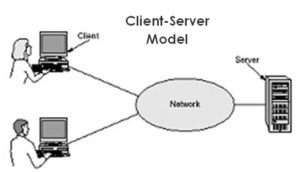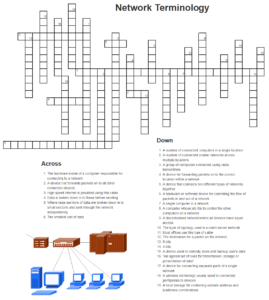Why have networks?
The original computers were standalone computers, not connected to any other machine or device. As computers became more widely used in the military, universities and industry, the need to connect computers together became paramount.
The advantages of networking include:
- Hardware sharing, such the sharing of printers and scanners.
- Communication – the ability to send information between computers, networks and countries.
The disadvantages of networking include:
- Reduced security – each new device added to network is a new potential site of attack for a hacker.
- Increased complexity – there are more devices to configure and more devices to break
- Increased cost – networks require additional dedicated hardware to function.

Client – Server Networks
Most organisations use a form of client – server networks. This is where access to network resources and overall control of the network is governed by the server. A server is a special kind of computer that is designed to cope with a large number of requests at the same time.
Servers control:
- User access levels and authentication
- File access and backup
- Hardware resource sharing(such as printers and scanners)
- Internet connection sharing and access control
Users log on to client computers, which connect to the network and access the shared resources.
Local Area Network
A client – server network located in a single location is known as a Local Area Network (LAN). These networks are usually located in a single building.
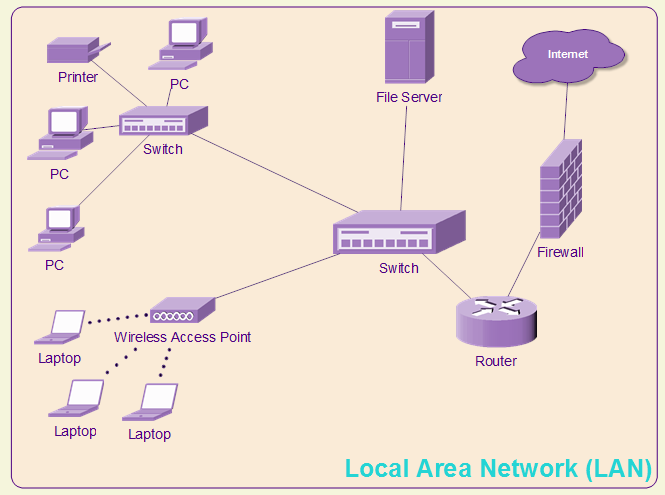
Wide Area Network
If an organisation is spread across a large site (such as a university campus) then each area would contain a single LAN, but all the LANs would be joined together using a bridge, router or modem, in order to form a large Wide Area Network.
This allows multiple LANs to:
- Share access to devices such as printers and scanners
- Share file access across multiple LANs
- Share access to a single internet service.
The internet is a very, very large WAN.
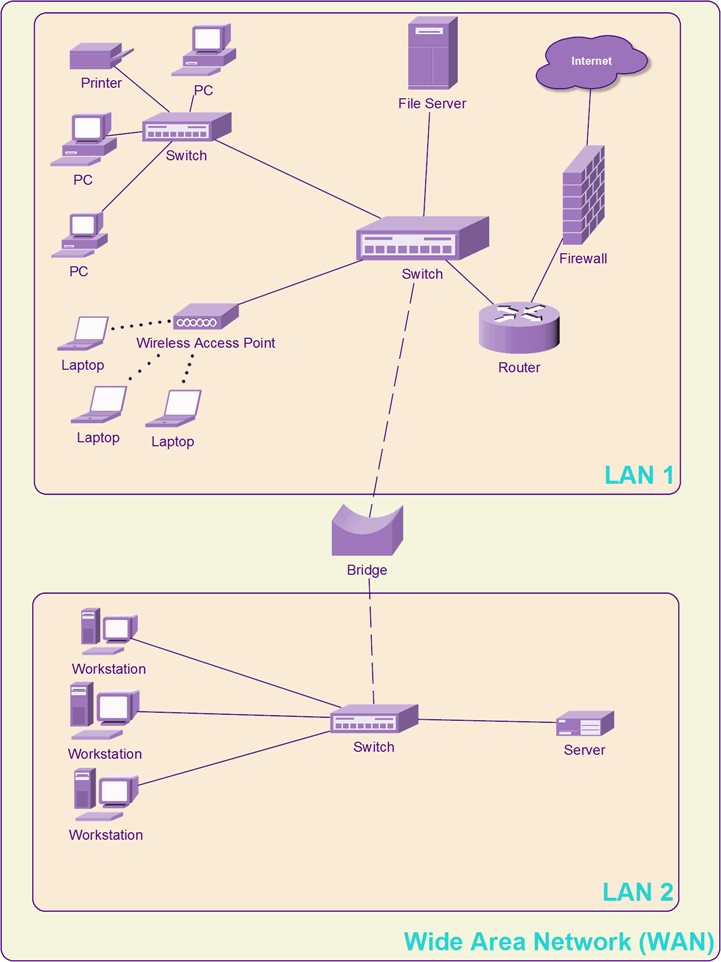
Peer to Peer Networks
Peer to Peer networks are that are usually temporary and quick to set up. They are usually used for temporary file and resource sharing, where a larger client-server network is not needed. Each device connected to a Peer to Peer network is a node, and each node forwards on data to all other nodes in range.
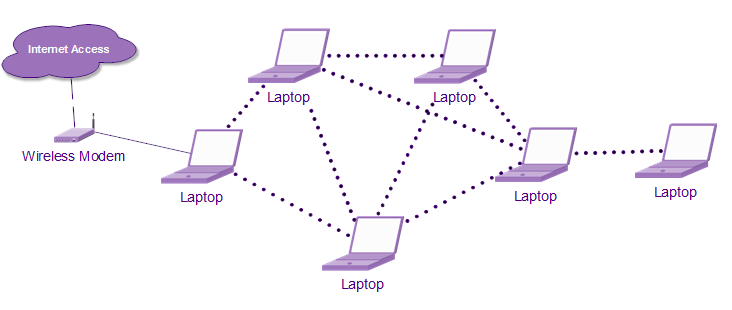
Advantages
- Quick, easy and cheap to set up – no server, switch or routers required.
- Decentralised, meaning that if one ‘node’ goes down, the network still remains up.
- Some peer-to-peer networks (such as TOR networks) allow users to communicate anonymously, making it difficult to trace user activity.
Disadvantages
- No access the the facilities that servers provide ( file backup, use authentication)
- Less secure than standard networks
Star and mash topology
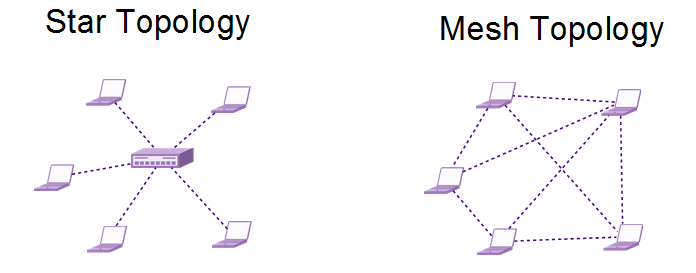
Star Topology
This is the type of topology most commonly used for client-server networks.
Advantages
- Easier to manage and more secure
- Fast overall network speed due dedicated hardware
Disadvantages
- If the switch or server goes down, the whole network goes down.
- Expensive to set up
Mesh Topology
This type of topology is commonly used to peer to peer networks.
Advantages
- Quick and cheap to set up
- If one node goes down, the whole network doesn’t go down
- Can be used to connect devices where wireless / wired internet access doesn’t exist
Disadvantage
- Generally slower network than star.
- Less secure
